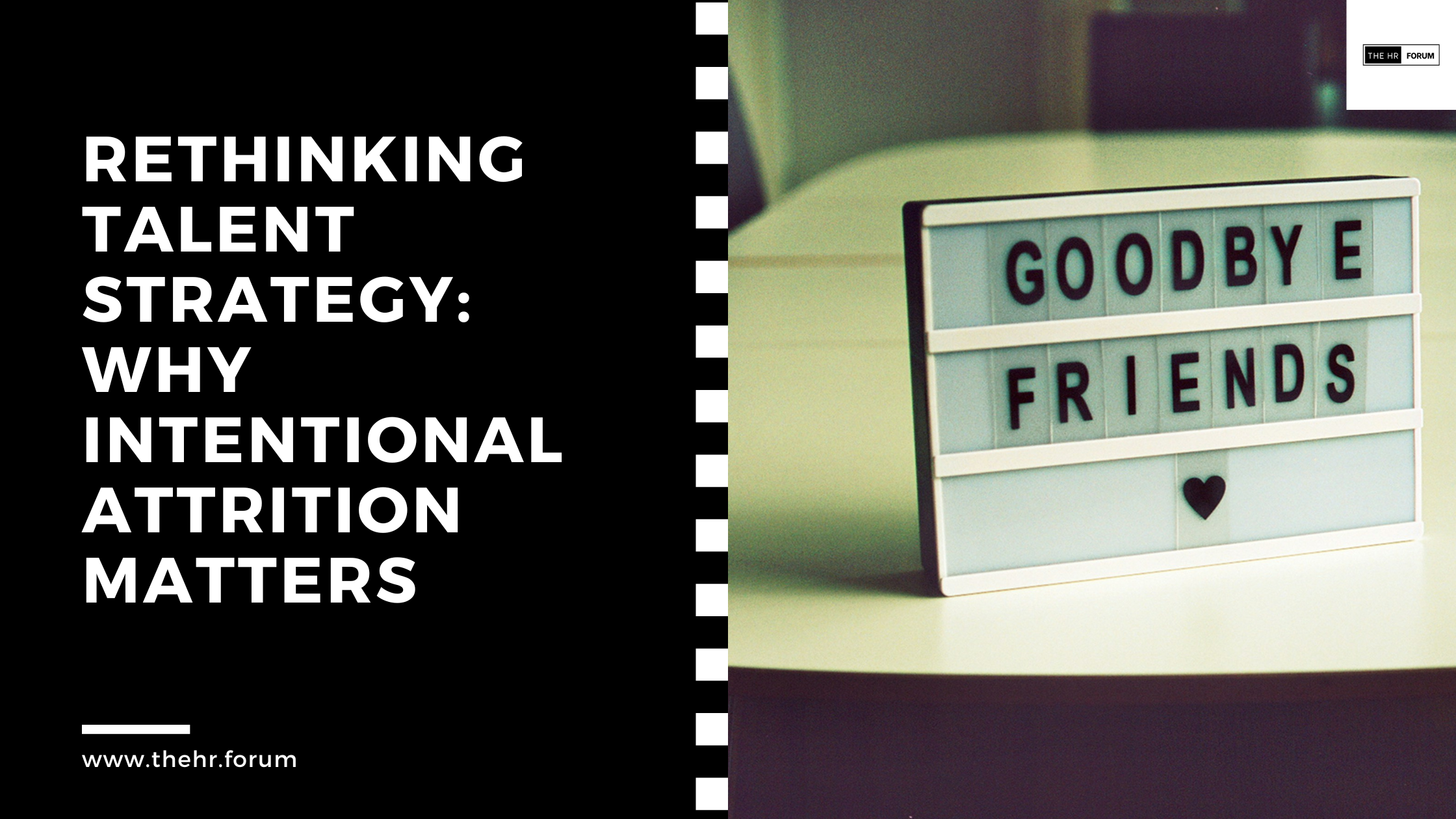Rethinking Talent Strategy: Why Intentional Attrition Matters
Organisations today face a familiar challenge: attracting and retaining the right people while being realistic about employment cycles. One approach more HR leaders are exploring is intentional attrition.
Intentional attrition isn’t about losing staff randomly or ignoring turnover. It’s a deliberate, planned approach where exits are expected, supported, and even celebrated. It gives a more honest perspective on the employer-employee relationship and can strengthen your business rather than weaken it.
A recent Harvard Business Review article, “Companies Need to Normalise Healthy Turnover”, makes this point clearly. It prompted an important question for us: why aren’t more organisations doing this?
What is Intentional Attrition?
Intentional attrition is the practice of planning for some employees to leave over time, without drama or resentment.
Unlike unplanned turnover, which can disrupt teams and projects, intentional attrition is managed and constructive. Handled well, it can deliver:
- A strong alumni network
- Opportunities to rehire “boomerang” employees
- Clearer career planning for staff
Yet, very few organisations take this approach deliberately.
Why Now?
People are changing roles more frequently, often every two to four years.
Despite this, many companies still operate as if every hire is “for life.” This mindset doesn’t serve anyone. Being upfront about career timelines can lead to better hiring decisions, stronger loyalty, and more engaged employees.
A Real-World Example: McKinsey & Co.
McKinsey & Co. illustrates intentional attrition in action. From day one, employees understand that not everyone will remain long-term.
Senior positions are limited, and departures are expected.
This honesty doesn’t push talent away.
Instead, it creates:
- Clear expectations
- A sense of security and fairness
- A thriving alumni network that strengthens the firm’s reputation
Many former McKinsey employees go on to impressive roles elsewhere, sharing positive experiences and maintaining connections that benefit the company.
Benefits of Intentional Attrition
Taking a planned approach brings measurable advantages:
- Transparency: Employees know what’s realistic and what’s possible.
- Stronger trust: Honest conversations build better relationships.
- Alumni networks: Former employees become advocates, clients, or rehires.
Wouldn’t you prefer ex-employees praising your organisation rather than quietly disappearing?
How to Put Intentional Attrition into Practice
HR teams can start small with a few practical steps:
- Write a clear policy: Set expectations around tenure, career growth, and departures. Keep it positive and forward-looking.
- Communicate openly: Make discussions about career timelines a natural part of regular check-ins.
- Support career moves: Provide career advice, job-hunting support, and alumni programmes.
- Normalise exits: Talk about eventual departures as naturally as promotions. Show that moving on can be a win-win.
Ask yourself: Are career planning conversations part of your routine discussions with employees?
Building Your Brand Through Alumni
Your employer brand doesn’t stop when someone leaves.
Positive exit experiences turn former employees into advocates. Some may even return later with new skills and perspectives. The question is: what story do your alumni tell about your organisation?
Measuring Success
Track metrics such as:
- Employee engagement scores
- Voluntary turnover rates
- Alumni network growth
- Rehire rates
Listen to feedback from current and former employees, and use it to refine your approach over time.
Final Thought
Intentional attrition isn’t about accepting high turnover; it’s about creating a culture of transparency, honesty, and long-term thinking.
When departures are part of the plan rather than a failure, employees can trust the organisation and remain loyal while they are there.
It’s time to rethink attrition as a strategic tool, not a problem to avoid.
Thank You
Thanks for visiting us at The HR Forum
We hope you found this post useful.
If you’d like to connect, share a post or ask a question, we’d love to hear from you.
You can drop us an email or visit us at our HR Community on Substack.
Similar Posts
If you found this post helpful, you might also like:
Should you share interview questions with candidates?
Balancing AI and Human Judgement in Recruitment
The HR Forum is brought to you by The HR Guys

